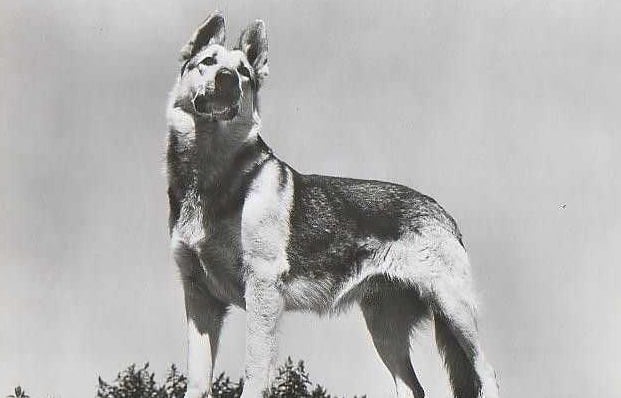Dogs Are Evolving Again — And This Time, It’s All About Fitting In
For most of history, dogs were defined by their jobs. They were hunters, herders, protectors. They earned their place by proving their usefulness.
But the 21st-century dog? It’s less about catching vermin and more about catching cuddles. And according to scientists, this shift isn’t just changing how dogs behave — it’s shaping how they evolve.
A New Chapter in Canine Evolution
Researchers believe we’re in the middle of a third wave of dog domestication. The first wave happened tens of thousands of years ago, when wolves with tamer dispositions gravitated toward human campsites, attracted by scraps.
Over generations, these less aggressive wolves became what we now recognize as domesticated dogs.
The second wave hit after the Industrial Revolution, when a growing middle class began selectively breeding dogs for specific traits — think size, coat, and shape.
This is when many of the modern dog breeds emerged, shaped to match human aesthetics more than function.
Now, we’re seeing a third shift. But this one isn’t about looks or utility. It’s about personality. People today want dogs that are calm, friendly, and comfortable with modern indoor living — basically, emotional support on four legs.
The Oxytocin Effect: Why Your Dog Loves You So Much
This transformation isn’t just anecdotal. Scientists are beginning to link these changes to the “love hormone” — oxytocin.
In a groundbreaking 2017 study at Sweden’s Linköping University, researchers observed 60 golden retrievers trying (and failing) to open a jar of treats.
The twist? Some dogs were given oxytocin spray, and others a neutral saline mist.
Dogs with certain genetic variations in their oxytocin receptors were quicker to seek human help — showing just how deeply social bonding is embedded in their biology.
In short, dogs are becoming more emotionally attuned to humans, and their sensitivity to oxytocin is part of the reason why. This hormone doesn’t just make them feel good — it drives them to connect with us.
Service Dogs: The Blueprint for the Future?
Canine cognition experts Brian Hare and Vanessa Woods argue that service dogs are the peak of this modern evolution.
Their work at Duke University’s Canine Cognition Center and Puppy Kindergarten program suggests that service dogs embody traits we’re now selecting for — even subconsciously — in our pets.
These dogs aren’t just smart. They’re emotionally intelligent. They can stay calm in chaotic environments, interact kindly with strangers, and help their humans navigate daily life.
And perhaps most importantly, they thrive in today’s sedentary, indoor-focused lifestyles.
Woods and Hare describe these dogs as “uniquely well adapted to life in the 21st century.” Even as puppies, they’re eager to bond with humans and show a friendliness that seems baked into their DNA.
Dogs and the Modern World: What’s Changing?
As our cities swell and green space shrinks, today’s dogs face a different kind of challenge than their ancestors.
Traits like vigilance and territoriality — once assets for guarding a home — can become liabilities in tight apartment buildings or crowded parks.
The researchers point out that dogs who are overly anxious, reactive, or energetic are more likely to be surrendered to shelters. It’s not that they’re bad dogs — it’s that they’re poorly matched to the world we’ve built around them.
And that’s why, Hare and Woods argue, humans need to take a more proactive role in shaping the next generation of pets. We should be breeding dogs not just for looks or tradition, but for traits that help them thrive in modern households.
Toward a Kinder Canine Future
If you think about it, the idea of tailoring dogs to better fit our current lifestyle isn’t that far-fetched. After all, we’ve done it before — twice. What makes this third wave different is that it’s driven by empathy, not utility.
Today, dogs are family. They’re our emotional anchors, our walking buddies, our co-workers on Zoom calls. And the dogs that succeed in this new world are the ones that aren’t just obedient or clever — they’re emotionally aware.
Hare and Woods sum it up perfectly: “Service dogs may look like your average Labrador retriever, but compared with military working dogs or even the average family Lab, they are almost a different breed.”
The takeaway?
As we keep evolving, so will our dogs. But this time, evolution isn’t about survival of the fittest — it’s about survival of the friendliest. And honestly, in a world that could use a little more love, that feels like the best kind of progress.









